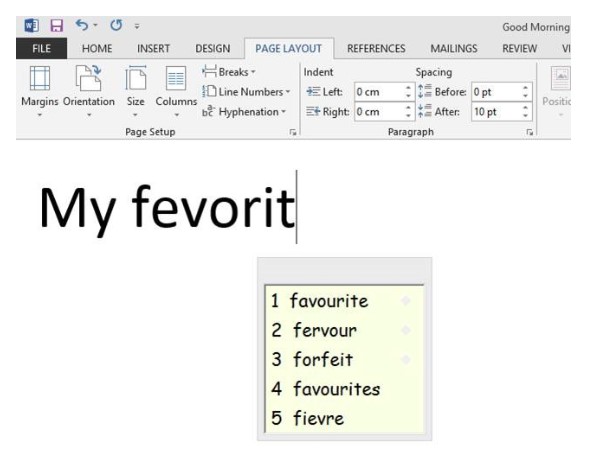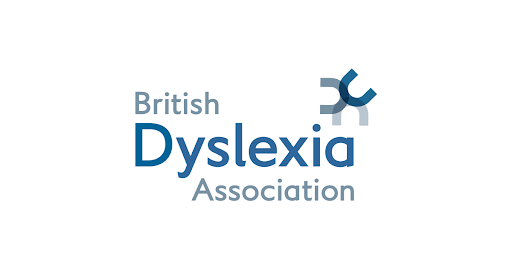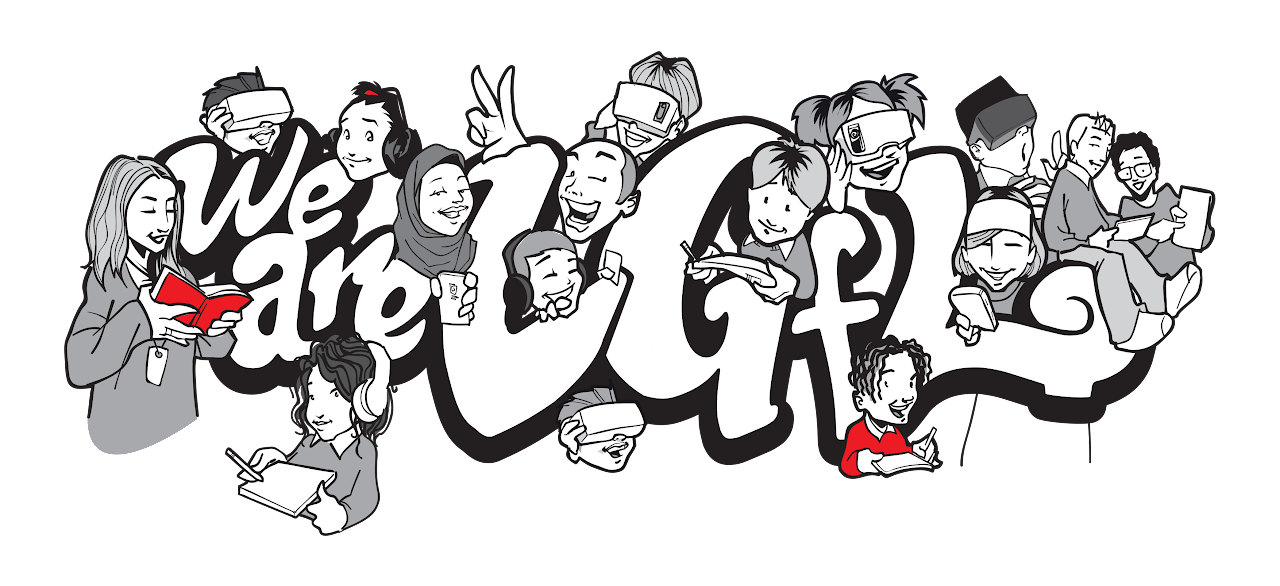Dyslexia
Writing Support
When learning to read, children first have to link the shape of the word on the page with the sound it makes.
Then, when it comes to writing, they have to recreate that shape back onto paper.
For children with dyslexia, decoding these patterns and making these links can often be very difficult. As a result, they frequently fail to develop the automatic flow of writing which will help them to express themselves clearly and easily in writing.
Sally Gardiner on a Reading Zone Live event
Sally Gardiner discusses how she manages to be a dyslexic writer and whether dyslexia prevented her writing.
Sally Gardiner explains how dyslexia has had a positive effect on her writing.
Henry Winkler on a Reading Zone Live event
Henry Winkler talks about how he became an author and his learning challenges as a dyslexic writer.
Henry Winkler talks about when he discovered a love of reading late in his life and career.
Clicker
Clicker Grids give learners point-and-click access to whole words, phrases, and pictures. Sentence Sets, Connect Sets, and Word Banks support writing at all levels, and creating and editing sets is easy.
Clicker 8 enables pupils with literacy and physical difficulties to access all areas of the curriculum. Clicker 8 comprises two main elements, which work alongside each other: Clicker Documents and Clicker Sets, as well as many other features.
Clicker 8 enables pupils with literacy and physical difficulties to access all curriculum areas. Clicker 8 comprises two main elements, which work alongside each other: Clicker Documents and Clicker Sets, as well as many other features.

Movement and physical/sensory input are essential not just in PE , the playground, or therapy sessions but also throughout the day for all learners.
Learning through movement is an LGfL resource that reinforces the crucial role movement plays in learning set out in 5 modules:
Understanding - why movement and sensory input are essential for learning
Handwriting - handwriting warm-ups, cool-downs, and exercises to support effective writing and tired hands
Focus - movement breaks in classrooms to provide sensory input and help concentration
Sensory Circuits - to provide physical and sensory input for those who need it
Interventions - suggested activities to support different physical and sensory needs.
Each module contains various support materials, including PowerPoint presentations, video clips , and printable templates.
These resources were created in partnership with Occupational Therapists, SEND advisors, teachers, learning support assistants, and young people in London schools.

WordQ is an easy-to-use and powerful literacy tool that helps young people who can type, but have trouble with writing, grammar, and spelling.
It includes Word Prediction, Speech Recognition, and Spoken Feedback.
The Word Q toolbar can be used online or offline on any program you type text into.
School staff can be assured that it can support students to maximise their written potential within lessons, and when producing work outside the classroom.


Talk for Writing, developed by Pie Corbett, and supported by Julia Strong and the Talk for Writing team, is powerful because it is based on the principles of how people learn. The movement from imitation to innovation to independent application can be adapted to suit the needs of learners at any stage.
The Talk for Writing approach enables children to read and write independently for various audiences and purposes within different subjects. A key feature is that children internalise the language structures needed to write through ‘talking the text’ and close reading. The approach moves from dependence towards independence, with the teacher using shared and guided teaching to develop the ability of children to write creatively and powerfully. The key phases of the Talk for Writing process enable children to imitate orally the language they need for a particular topic before reading and analysing it, and then writing their own version.

When learning to read, children must first link the shape of the word on the page with its sound. Then, they have to recreate that shape back onto paper when it comes to writing.
For children with dyslexia, decoding these patterns and making these links can often be very difficult. As a result, they frequently fail to develop the automatic flow of writing, which will help them express themselves clearly and easily.

